Preface to the Second EditionPreface to the First EditionPart 1: Structure of Atoms and MoleculesChapter 1. Light, Electrons, and Nuclei
1.1 Some Early Experiments in Atomic Physics
1.2 The Nature of Light
1.3 The Bohr Model
1.4 Particle–Wave Duality
1.5 Electronic Properties of Atoms
1.6 Nuclear Binding Energy
1.7 Nuclear Stability
1.8 Types of Nuclear Decay
1.9 Predicting Decay Modes
References for Further Study
Quetions and Problems
Chapter 2. Basic Quantum Mechanics and Atomic Structure
2.1 The Postulates
2.2 The Hydrogen Atom
2.3 The Helium Atom
2.4 Slater Wave Functions
2.5 Electron Configurations
2.6 Spectroscopic States
References for Further Study
Quetions and Problems
Chapter 3. Covalent Bonding in Diatomic Molecules
3.1 The Basic Ideas of Molecular Orbital Methods
3.2 The and H2 Molecules
3.3 Diatomic Molecules of Second-Row Elements
3.4 Photoelectron Spectroscopy
3.5 Heteronuclear Diatomic Molecules
3.6 Electronegativity
3.7 Spectroscopic States for Molecules
References for Further Study
Quetions and Problems
Chapter 4. A Survey of Inorganic Structures and Bonding
4.1 Structures of Molecules Having Single Bonds
4.2 Resonance and Formal Charge
4.3 Complex Structures: A Preview of Coming Attractions
4.4 Electron-Deficient Molecules
4.5 Structures having Unsaturated Rings
4.6 Bond Energies
References for Further Study
Quetions and Problems
Chapter 5. Symmetry and Molecular Orbitals
5.1 Symmetry Elements
5.2 Orbital Symmetry
5.3 A Brief Look at Group Theory
5.4 Construction of Molecular Orbitals
5.5 Orbitals and Angles
5.6 Simple Calculations Using the Hückel Method
References for Further Study
Quetions and Problems
Part 2: Condensed Phases
Chapter 6. Dipole Moments and Intermolecular Interactions
6.1 Dipole Moments
6.2 Dipole–Dipole Forces
6.3 Dipole-Induced Dipole Forces
6.4 London (Dispersion) Forces
6.5 The van der Waals Equation
6.6 Hydrogen Bonding
6.7 Cohesion Energy and Solubility Parameters
6.8 Solvatochromism
References for Further Study
Quetions and Problems
Chapter 7. Ionic Bonding and Structures of Solids
7.1 Energetics of Crystal Formation
7.2 Madelung Constants
7.3 The Kapustinskii Equation
7.4 Ionic Sizes and Crystal Environments
7.5 Crystal Structures
7.6 Solubility of Ionic Compounds
7.7 Proton and Electron Affinities
7.8 Structures of Metals
7.9 Defects in Crystals
7.10 Phase Transitions in Solids
7.11 Heat Capacity
7.12 Hardness of Solids
References for Further Study
Quetions and Problems
Chapter 8. Dynamic Processes in Inorganic Solids
8.1 Characteristics of Solid-State Reactions
8.2 Kinetic Models for Reactions in Solids
8.3 Thermal Methods of Analysis
8.4 Effects of Pressure
8.5 Reactions in Some Solid Inorganic Compounds
8.6 Phase Transitions
8.7 Reactions at Interfaces
8.8 Diffusion in Solids
8.9 Sintering
8.10 Drift and Conductivity
References for Further Study
Quetions and Problems
Part 3: Acids, Bases, and Solvents
Chapter 9. Acid–Base Chemistry
9.1 Arrhenius Theory
9.2 Brønsted–Lowry Theory
9.3 Factors Affecting the Strength of Acids and Bases
9.4 Acid–Base Character of Oxides
9.5 Proton Affinities
9.6 Lewis Theory
9.7 Catalytic Behavior of Acids and Bases
9.8 The Hard–Soft Interaction Principle (HSIP)
9.9 Electronic Polarizabilities
9.10 The Drago Four-Parameter Equation
References for Further Study
Quetions and Problems
Chapter 10. Chemistry in Nonaqueous Solvents
10.1 Some Common Nonaqueous Solvents
10.2 The Solvent Concept
10.3 Amphoteric Behavior
10.4 The Coordination Model
10.5 Chemistry in Liquid Ammonia
10.6 Liquid Hydrogen Fluoride
10.7 Liquid Sulfur Dioxide
10.8 Superacids
References for Further Reading
Quetions and Problems
Part 4: Chemistry of the Elements
Chapter 11. Chemistry of Metallic Elements
11.1 The Metallic Elements
11.2 Band Theory
11.3 Groups IA And IIA Metals
11.4 Zintl Phases
11.5 Aluminum and Beryllium
11.6 The First-Row Transition Metals
11.7 Second- and Third-Row Transition Metals
11.8 Alloys
11.9 Chemistry of Transition Metals
11.10 The Lanthanides
References for Further Reading
Quetions and Problems
Chapter 12. Organometallic Compounds of the Main Group Elements
12.1 Preparation of Organometallic Compounds
12.2 Organometallic Compounds of Group Ia Metals
12.3 Organometallic Compounds of Group IIA Metals
12.4 Organometallic Compounds of Group IIIA Metals
12.5 Organometallic Compounds of Group IVA Metals
12.6 Organometallic Compounds of Group VA Elements
12.7 Organometallic Compounds of Zn, Cd, and Hg
References for Further Study
Quetions and Problems
Chapter 13. Chemistry of Nonmetallic Elements I. Hydrogen, Boron, Oxygen, and Carbon
13.1 Hydrogen
13.2 Boron
13.3 Oxygen
13.4 Carbon
References for Further Reading
Quetions and Problems
Chapter 14. Chemistry of Nonmetallic Elements II. Groups IVA and VA
14.1 The Group IVA Elements
14.2 Nitrogen
14.3 Phosphorus, Arsenic, Antimony, and Bismuth
References for Further Reading
Quetions and Problems
Chapter 15. Chemistry of Nonmetallic Elements III. Groups VIA–VIIIA
15.1 Sulfur, Selenium, and Tellurium
15.2 The Halogens
15.3 The Noble Gases
References for Further Reading
Quetions and Problems
Part 5: Chemistry of Coordination Compounds
Chapter 16. Introduction to Coordination Chemistry
16.1 Structures of Coordination Compounds
16.2 Metal–Ligand Bonds
16.3 Naming Coordination Compounds
16.4 Isomerism
16.5 A Simple Valence Bond Description of Coordinate Bonds
16.6 Magnetism
16.7 A Survey of Complexes of First-Row Metals
16.8 Complexes of Second- and Third-Row Metals
16.9 The 18-Electron Rule
16.10 Back Donation
16.11 Complexes of Dinitrogen, Dioxygen, and Dihydrogen
References for Further Study
Quetions and Problems
Chapter 17. Ligand Fields and Molecular Orbitals
17.1 Splitting of d Orbital Energies in Octahedral Fields
17.2 Splitting of d Orbital Energies in Fields of Other Symmetry
17.3 Factors Affecting Δ
17.4 Consequences of Crystal Field Splitting
17.5 Jahn–Teller Distortion
17.6 Spectral Bands
17.7 Molecular Orbitals in Complexes
References for Further Study
Quetions and Problems
Chapter 18. Interpretation of Spectra
18.1 Splitting of Spectroscopic States
18.2 Orgel Diagrams
18.3 Racah Parameters and Quantitative Methods
18.4 The Nephelauxetic Effect
18.5 Tanabe–Sugano Diagrams
18.6 The Lever Method
18.7 Jørgensen’s Method
18.8 Charge Transfer Absorption
18.9 Solvatochromism
References for Further Study
Quetions and Problems
Chapter 19. Composition and Stability of Complexes
19.1 Composition of Complexes in Solution
19.2 Job’s Method of Continuous Variations
19.3 Equilibria Involving Complexes
19.4 Distribution Diagrams
19.5 Factors Affecting the Stability of Complexes
References for Further Study
Quetions and Problems
Chapter 20. Synthesis and Reactions of Coordination Compounds
20.1 Synthesis of Coordination Compounds
20.2 Substitution Reactions in Octahedral Complexes
20.3 Ligand Field Effects
20.4 Acid-Catalyzed Reactions of Complexes
20.5 Base-Catalyzed Reactions of Complexes
20.6 The Compensation Effect
20.7 Linkage Isomerization
20.8 Substitution in Square Planar Complexes
20.9 The Trans Effect
20.10 Electron Transfer Reactions
20.11 Reactions in Solid Coordination Compounds
References for Further Study
Quetions and Problems
Chapter 21. Complexes Containing Metal–Carbon and Metal–Metal Bonds
21.1 Binary Metal Carbonyls
21.2 Structures of Metal Carbonyls
21.3 Bonding of Carbon Monoxide to Metals
21.4 Preparation of Metal Carbonyls
21.5 Reactions of Metal Carbonyls
21.6 Structure and Bonding in Metal–Alkene Complexes
21.7 Preparation of Metal–Alkene Complexes
21.8 Chemistry of Cyclopentadienyl and Related Complexes
21.9 Bonding in Ferrocene
21.10 Reactions of Ferrocene and Other Metallocenes
21.11 Complexes of Benzene and Related Aromatics
21.12 Compounds Containing Metal–Metal Bonds
References for Further Study
Quetions and Problems
Chapter 22. Coordination Compounds in Catalysis
22.1 Elementary Steps in Catalytic Processes
22.2 Homogeneous Catalysis
References for Further Study
Quetions and Problems
Chapter 23. Bioinorganic Chemistry
23.1 What Metals Do in Some Living Systems
23.2 Cytotoxicity of Some Metal Compounds
23.3 Antimalarial Metallodrugs
References for Further Study
Quetions and Problems
Appendix A. Ionization Energies
Appendix B. Character Tables for Selected Point Groups
Index
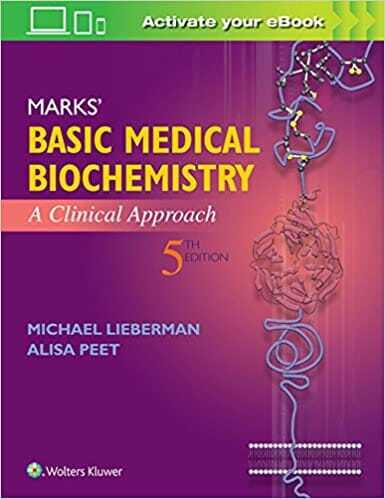

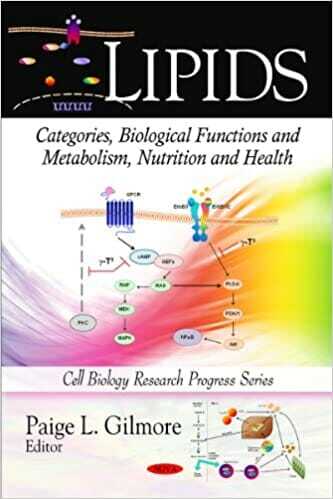
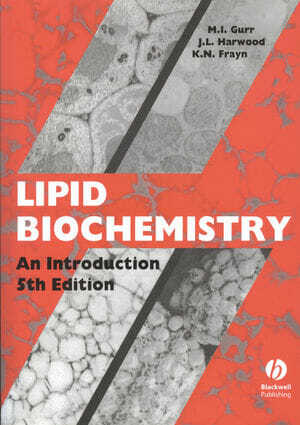

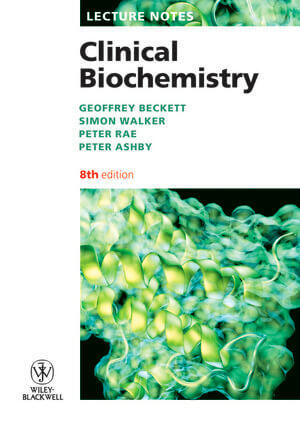
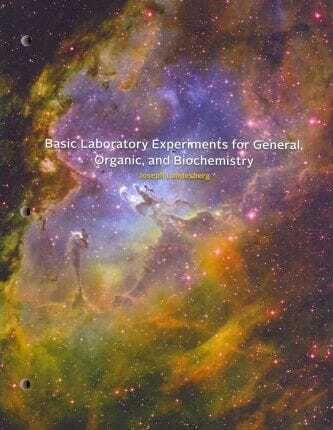
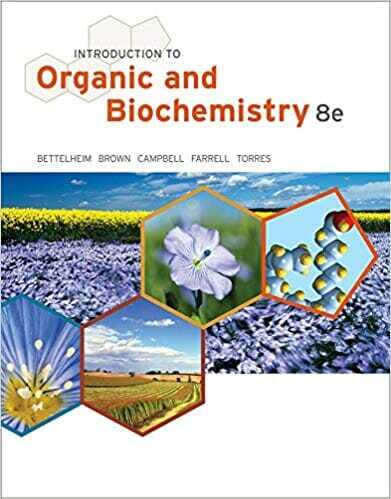
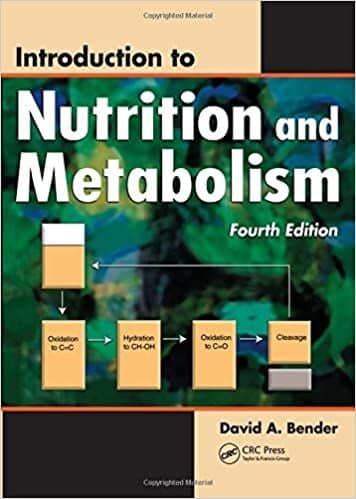
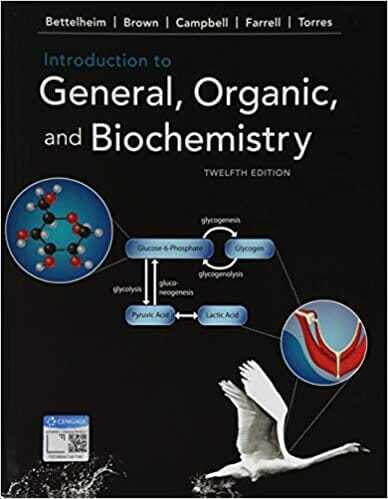
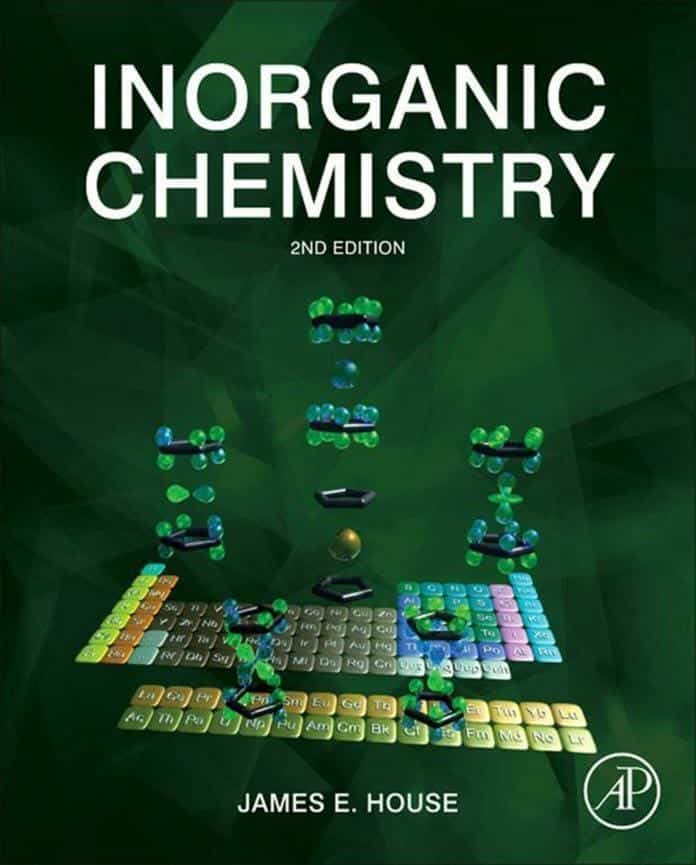
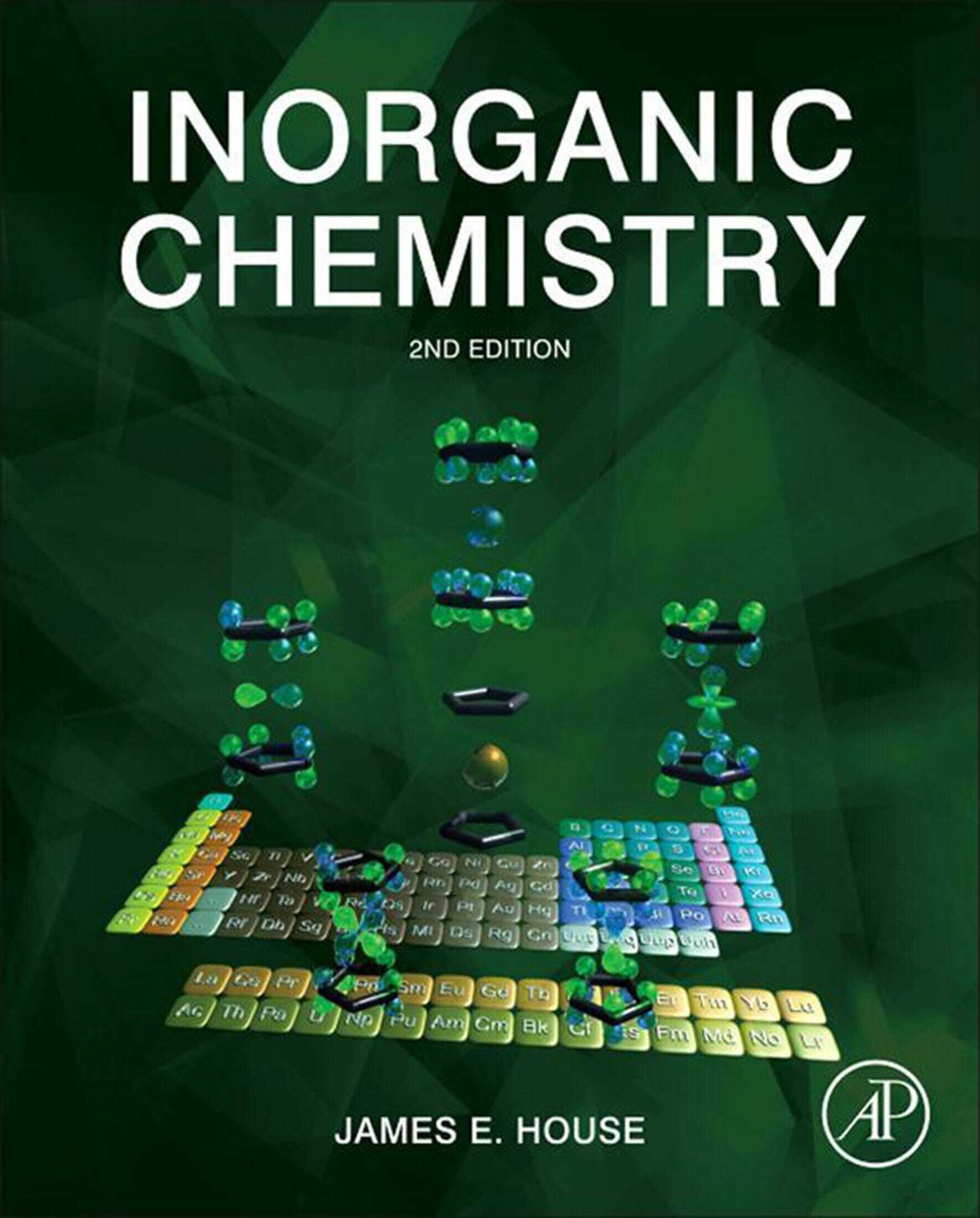
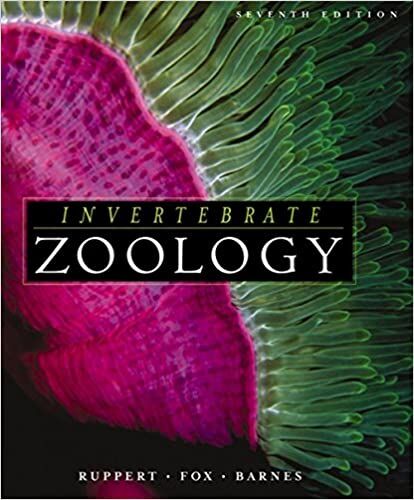




![Ettinger’s Textbook of Veterinary Internal Medicine 9th Edition [PDF+Videos] Ettinger’s Textbook of Veterinary Internal Medicine 9th Edition [True PDF+Videos]](https://www.vet-ebooks.com/wp-content/uploads/2024/10/ettingers-textbook-of-veterinary-internal-medicine-9th-edition-100x70.jpg)
![Textbook of Veterinary Diagnostic Radiology 8th Edition [PDF+Videos+Quizzes] Thrall’s Textbook of Veterinary Diagnostic Radiology, 8th edition PDF](https://www.vet-ebooks.com/wp-content/uploads/2019/09/textbook-of-veterinary-diagnostic-radiology-8th-edition-100x70.jpg)







